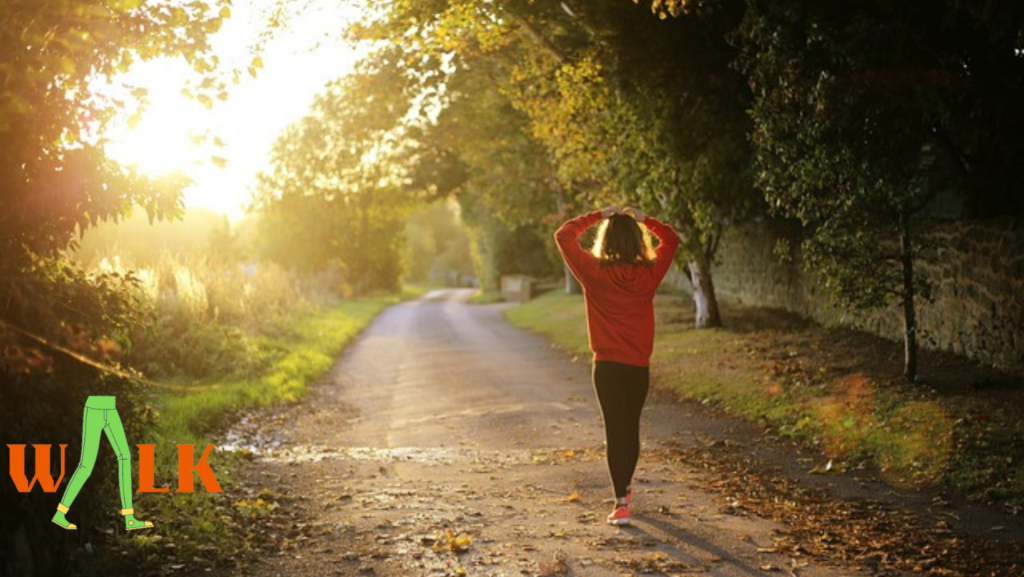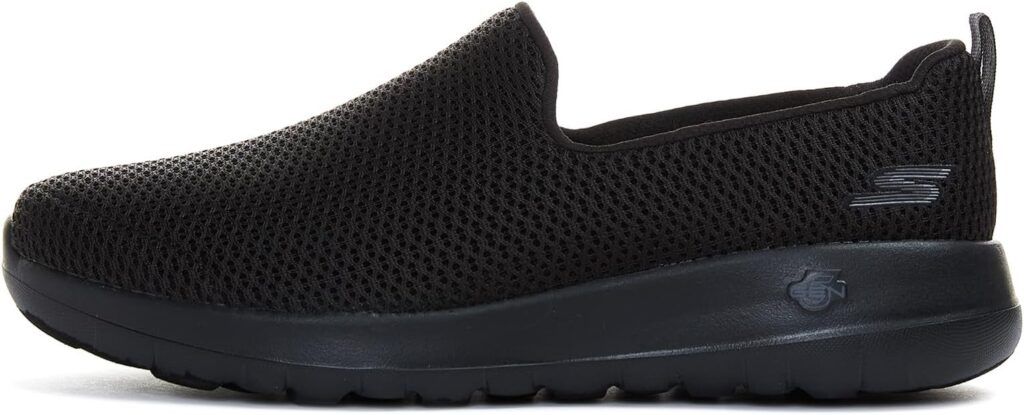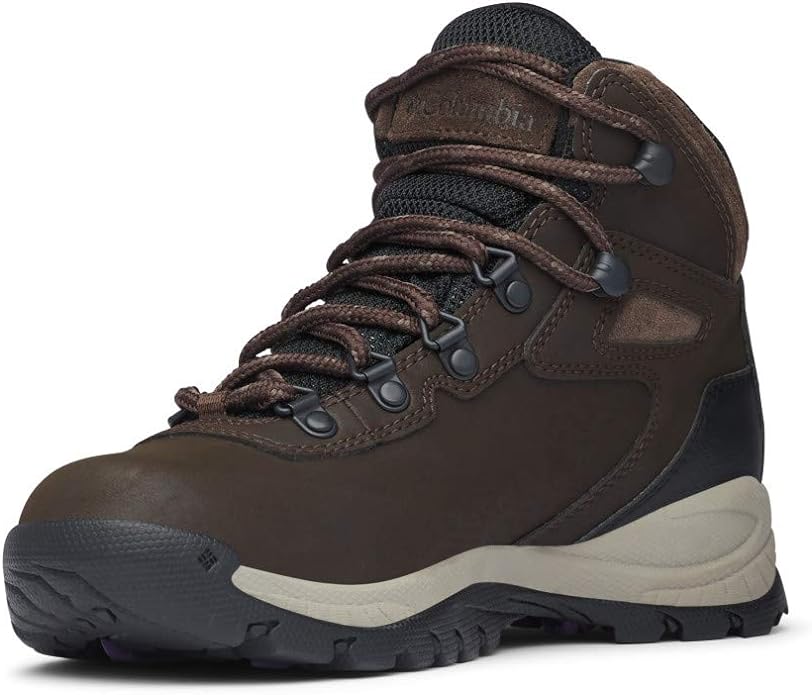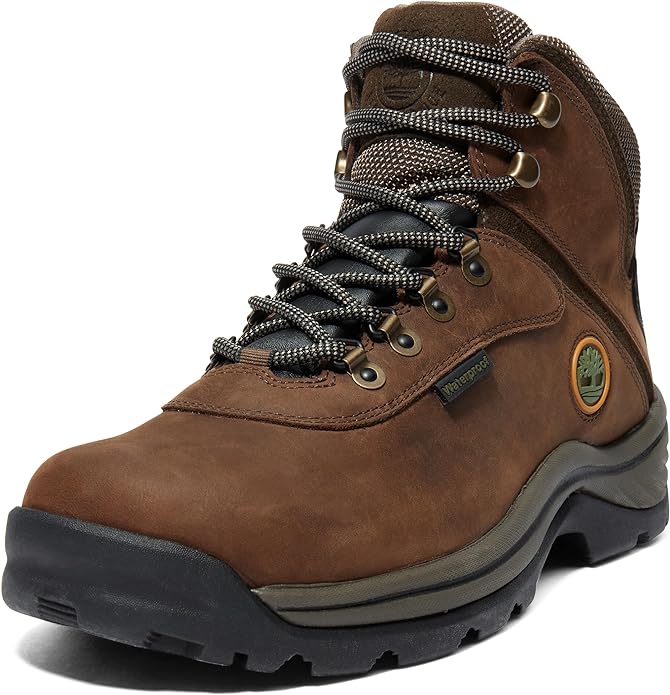When it comes to weight loss, finding the right exercise routine is crucial. Among the various options available, walking is often recommended as a beginner-friendly and effective form of exercise. It is accessible, low-impact, and can be easily incorporated into our daily lives. However, one question that often arises is: How fast should I walk to lose weight?
In this article, we will explore the relationship between walking speed and weight loss, providing insights into the optimal pace for achieving your fitness goals.

Understanding the Basics: Calories and Weight Loss
Before diving into the specifics of walking speed, it’s essential to understand the relationship between calories and weight loss. Weight loss occurs when we consume fewer calories than we burn. The concept is simple: by creating a calorie deficit, our bodies tap into stored fat as an energy source, leading to weight loss over time.
Walking, like any physical activity, burns calories. The number of calories burned during a walk depends on various factors, including body weight, walking speed, distance covered, and terrain. To lose weight through walking, it’s important to strike a balance between the intensity of the exercise and the duration of the activity.
Related: How Walking Helps Your Body: From Weight Loss to Heart Health
The Impact of Walking Speed on Calorie Burn
The speed at which you walk plays a significant role in the number of calories you burn during your walk. Walking at a faster pace increases your heart rate, engages more muscles, and burns more calories. On the other hand, slower-paced walking still provides health benefits but may result in a lower calorie burn.
The exact number of calories burned during a walk varies depending on individual factors. However, we can estimate the calorie burn using METs (Metabolic Equivalent of Task) as a reference. METs measure the energy expenditure of an activity compared to resting metabolic rate.
Here’s an approximate breakdown of calorie burn for a 30-minute walk at different speeds based on body weight:
- Slow pace (2 mph or 3.2 km/h): 120 calories (for a person weighing around 125 lbs or 57 kg)
- Moderate pace (3 mph or 4.8 km/h): 150 calories
- Brisk pace (4 mph or 6.4 km/h): 180 calories
- Fast pace (5 mph or 8 km/h): 240 calories
Please note that these numbers are estimations and may vary depending on individual factors. The actual calorie burn also depends on factors such as age, fitness level, and body composition.
Finding Your Optimal Walking Speed for Weight Loss
While faster walking speeds result in a higher calorie burn, it’s important to find a pace that suits your fitness level and allows for consistency. Pushing yourself too hard from the start may lead to fatigue or injury, making it challenging to maintain a regular walking routine.
Here’s a general guideline to help you find your optimal walking speed for weight loss:
- Start at a comfortable pace: Begin with a moderate pace that allows you to maintain a conversation without excessive breathlessness. This is typically around 3 mph (4.8 km/h) for most individuals.
- Gradually increase intensity: As your fitness level improves, gradually increase your walking speed. You can do this by increasing your pace or incorporating intervals of faster walking into your routine.
- Monitor your heart rate: Pay attention to your heart rate during your walks. Aiming for a heart rate within the target heart rate zone (50-70% of your maximum heart rate) can help you determine if you’re exercising at an appropriate intensity.
- Listen to your body: It’s important to listen to your body’s cues and adjust your walking speed accordingly. If you feel comfortable and can maintain good form while walking at a faster pace, it may be beneficial to increase your speed. However, if you experience pain or excessive fatigue, slow down or take a break.
Remember, consistency is key. It’s better to walk at a comfortable pace regularly than to push yourself too hard and risk burnout or injury. Find a speed that challenges you without causing undue stress or discomfort.
Maximizing Weight Loss with Interval Training
To boost the calorie burn during your walks and enhance weight loss, you can incorporate interval training into your routine. Interval training involves alternating between periods of higher intensity and recovery periods.
Here’s an example of an interval training routine for walking:
- Warm up: Start with a 5-minute warm-up at a comfortable pace.
- Intense intervals: Increase your walking speed to a brisk or fast pace for 1-2 minutes. This should be an intensity that challenges you but is sustainable.
- Recovery intervals: Return to a moderate pace for 1-2 minutes to catch your breath and recover.
- Repeat: Alternate between intense intervals and recovery intervals for a total of 20-30 minutes.
- Cool down: Finish with a 5-minute cool-down at a slower pace to gradually lower your heart rate.
Interval training can increase the overall calorie burn during your walk and help improve cardiovascular fitness. However, it’s important to build up gradually and adjust the intensity and duration of your intervals based on your fitness level.
Other Factors to Consider
While walking speed is a significant factor in weight loss, it’s important to remember that it’s not the only one. Here are a few additional factors to consider when aiming for weight loss through walking:
- Duration: The duration of your walk also plays a role in overall calorie burn and weight loss. Aim for at least 30 minutes of brisk walking most days of the week. Gradually increase your walking time as you build stamina and fitness.
- Incline and terrain: Walking on inclines or uneven terrains can increase the intensity of your workout and calorie burn. If possible, incorporate hills or find routes with varying elevations to challenge yourself.
- Strength training: While walking is a fantastic cardiovascular exercise, combining it with strength training exercises can help increase muscle mass and boost your metabolism. Consider incorporating strength training exercises into your overall fitness routine for optimal results.
- Overall lifestyle: Remember that weight loss is not solely dependent on walking. It’s essential to maintain a balanced, nutritious diet and make healthy lifestyle choices to support your weight loss goals.
Frequently Asked Questions (FAQs)
How often should I walk to see results in weight loss?
To see results in weight loss, it is recommended to engage in regular physical activity, including walking, most days of the week. Aim for at least 150 minutes of moderate-intensity aerobic activity or 75 minutes of vigorous-intensity aerobic activity per week. This can be spread out over several days, and incorporating walking into your routine for at least 30 minutes a day on most days can be an effective approach. Remember that consistency is key for long-term weight loss success.
Can I lose weight by walking indoors on a treadmill or using a stationary bike?
Yes, you can effectively lose weight by walking indoors on a treadmill or using a stationary bike. The key to weight loss is creating a calorie deficit, which can be achieved through various forms of physical activity. Walking on a treadmill or using a stationary bike can provide a controlled and convenient environment for exercise.
To maximize weight loss, it’s important to adjust the intensity and duration of your indoor workouts. Increase the incline or resistance level on the treadmill or bike to challenge yourself and elevate your heart rate. Aim for a moderate to vigorous intensity level during your workouts to increase calorie burn. Incorporating interval training on the treadmill or bike can also help boost your metabolism and burn more calories.
Remember to maintain proper form and technique, and gradually increase the duration and intensity of your indoor workouts as your fitness level improves. It’s important to find an exercise routine that you enjoy and can stick to consistently for long-term weight loss success.
Treat Yourself to These Must-Have’s

Skechers Women’s Go Walk Joy Sneaker

Columbia Women’s Newton Ridge Lightweight Waterproof Shoe Hiking Boot

KEEN Men’s Targhee 2 Low Height Waterproof Hiking Shoes

Timberland Men’s White Ledge Mid Waterproof Hiking Boot
Disclaimer: This post may contain affiliate links. For more information please refer to our Affiliate Disclosure.
Is it better to walk outdoors or on a treadmill for weight loss?
Both outdoor walking and treadmill walking can contribute to weight loss, and the choice ultimately depends on personal preference and circumstances. Here are a few factors to consider:
a) Variety and Engagement: Outdoor walking offers a change of scenery, fresh air, and the opportunity to explore different routes, which can make the activity more enjoyable and engaging. On the other hand, some people find treadmill walking more convenient, especially when weather conditions or safety concerns may limit outdoor exercise.
b) Intensity Control: Treadmills allow you to control the speed, incline, and even monitor heart rate, making it easier to maintain a specific intensity level. This can be beneficial for those who want to precisely track their progress and adjust the workout according to their goals. Outdoor walking, however, may provide natural variations in terrain and incline, engaging different muscles and potentially increasing calorie burn.
c) Impact and Joint Health: Treadmill walking provides a cushioned surface that reduces impact on joints, making it a suitable option for individuals with joint issues or those who prefer a low-impact exercise. Outdoor walking, on the other hand, may involve walking on harder surfaces, such as pavement or trails, which may have a higher impact on joints.
d) Social Interaction: Outdoor walking allows for social interaction, as you can walk with a partner, join walking groups, or simply enjoy the company of others in parks or trails. This social aspect can provide additional motivation and enjoyment during your walks. Treadmill walking may offer fewer social opportunities unless you have access to a gym or fitness facility with a walking group or classes.
In the end, the most important aspect is finding an exercise routine that you enjoy and can sustain in the long run. If you have the option, you can incorporate both outdoor and treadmill walking into your routine to add variety and flexibility. The key is to stay consistent, challenge yourself, and maintain a healthy balance between intensity, duration, and enjoyment to achieve your weight loss goals.
Conclusion: How Fast Should I Walk to Lose Weight?
Walking is an excellent exercise for weight loss and overall health. The speed at which you walk affects the calorie burn and the intensity of your workout. While faster walking speeds result in a higher calorie burn, it’s important to find a pace that is comfortable and sustainable for you. Gradually increase your speed and consider incorporating interval training to maximize calorie burn. Remember to listen to your body, monitor your heart rate, and maintain consistency in your walking routine.
Combining a healthy diet, strength training, and a regular walking routine can help you achieve your weight loss goals. So lace up your walking shoes, find your optimal speed, and embark on a journey towards a healthier, fitter you!
